
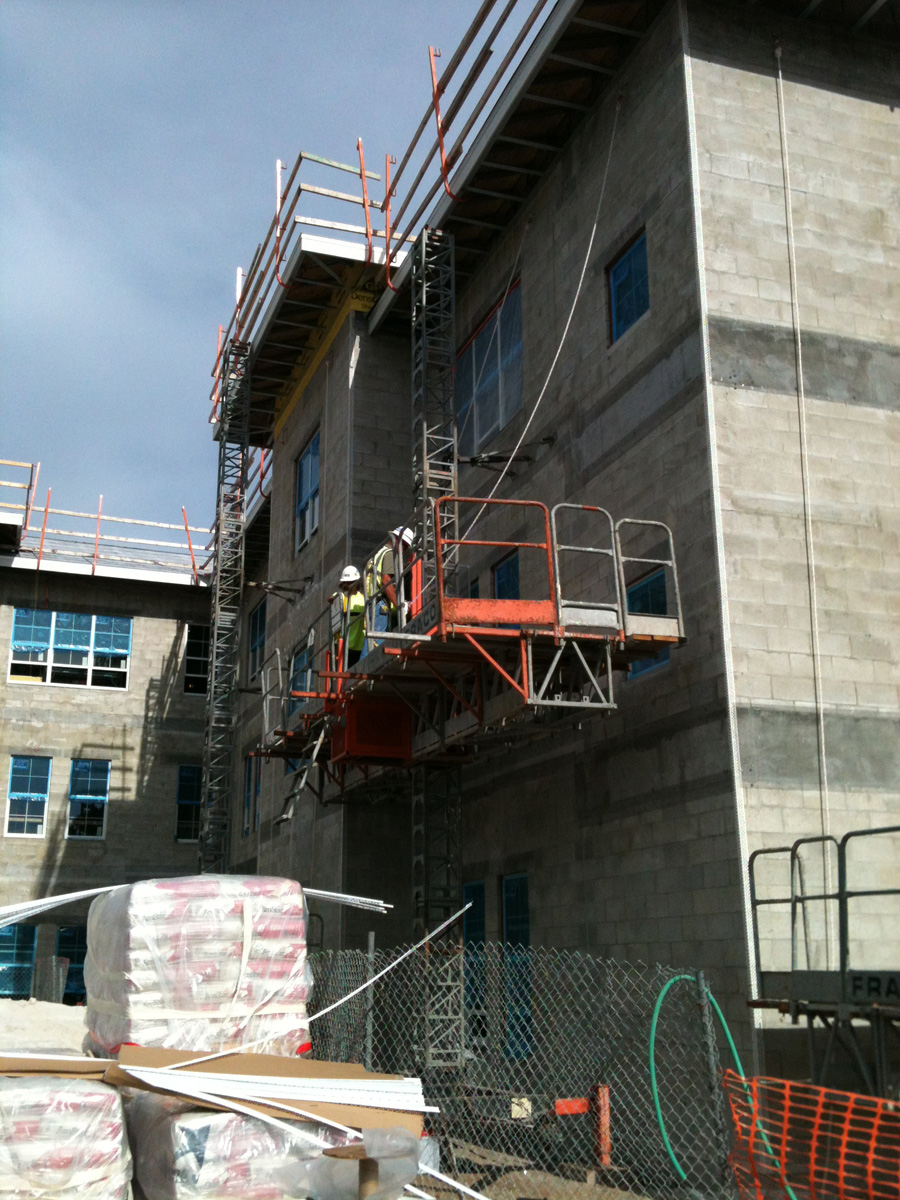
This is a question often asked because the advice and guidance available is both difficult to find and difficult to interpret.
ANSI 92.9, the design standard for MCWP’s stipulates that ‘when an individual is authorized to use an MCWP he/she shall have been trained under the direction of a qualified person’.
OSHA regulations state: ‘The employer shall have each employee who performs work while on a scaffold trained by a person qualified in the subject matter to recognize the hazards associated with the type of scaffold being used and to understand the procedures to control or minimize those hazards.
Not only, therefore, should the user be trained but the person training the user must have (proven experience and knowledge in sufficient quantity) certification and credentials proving their knowledge and experience in the subject matter.
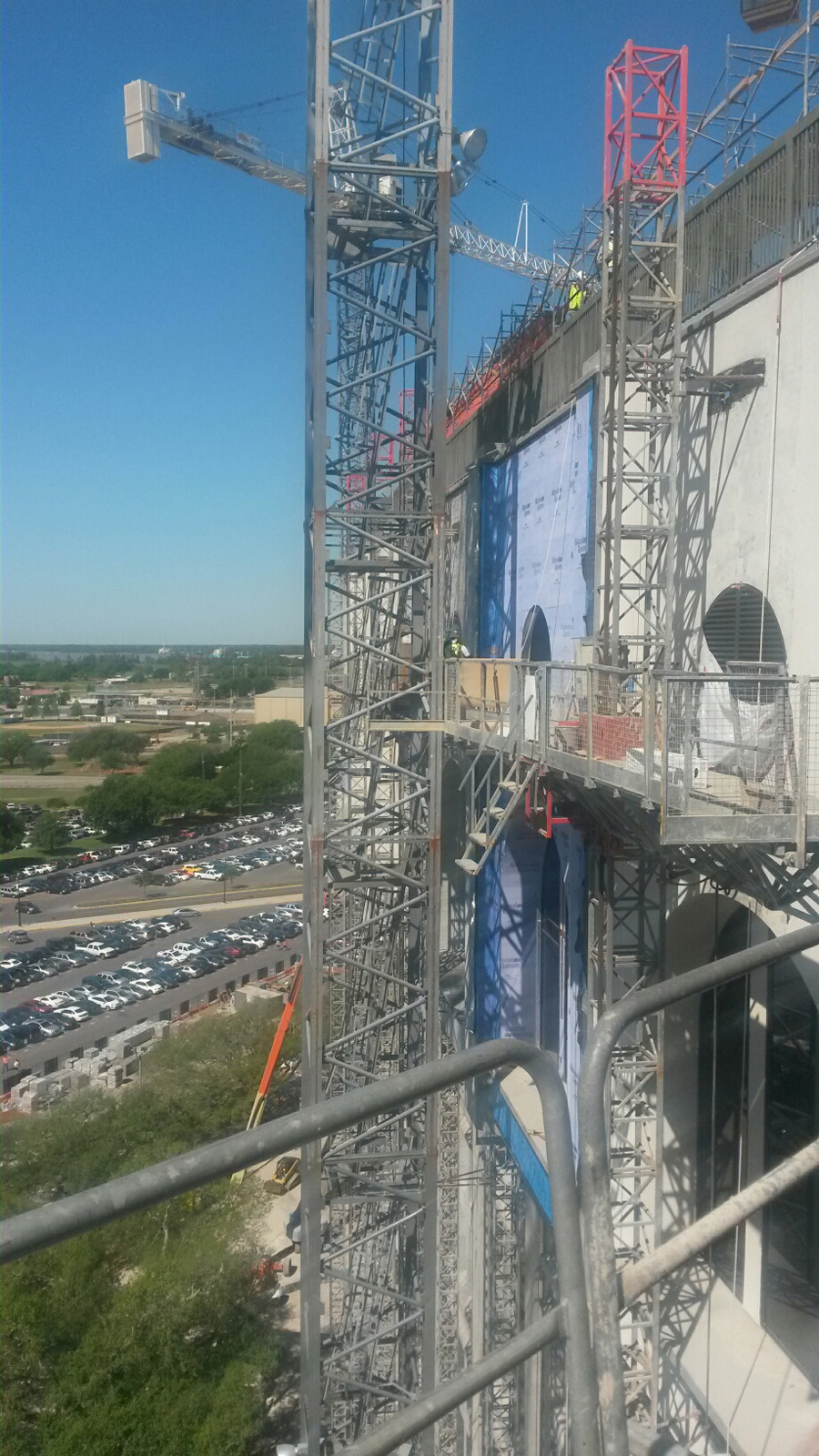
Additionally, although companies may have been the beneficiary of training when they bought their equipment, individual site challenges create the need for further, in-depth, training, e.g. tying methods can vary on every job, as can ground conditions, adverse weather, job site congestion, underground parking or basement areas, overhead power lines etc. Installers require, not only to be aware of these hazards, but should be trained and assessed to change work methods to suit the individual application.
Everyone who comes into contact with a mast climber needs some level of training, and the main categories are:
These categories correspond with the industry levels identified in the ‘IPAF/SIA Safe Use Guidelines for MCWP’s, the national best practice document produced by the MCWP industry.
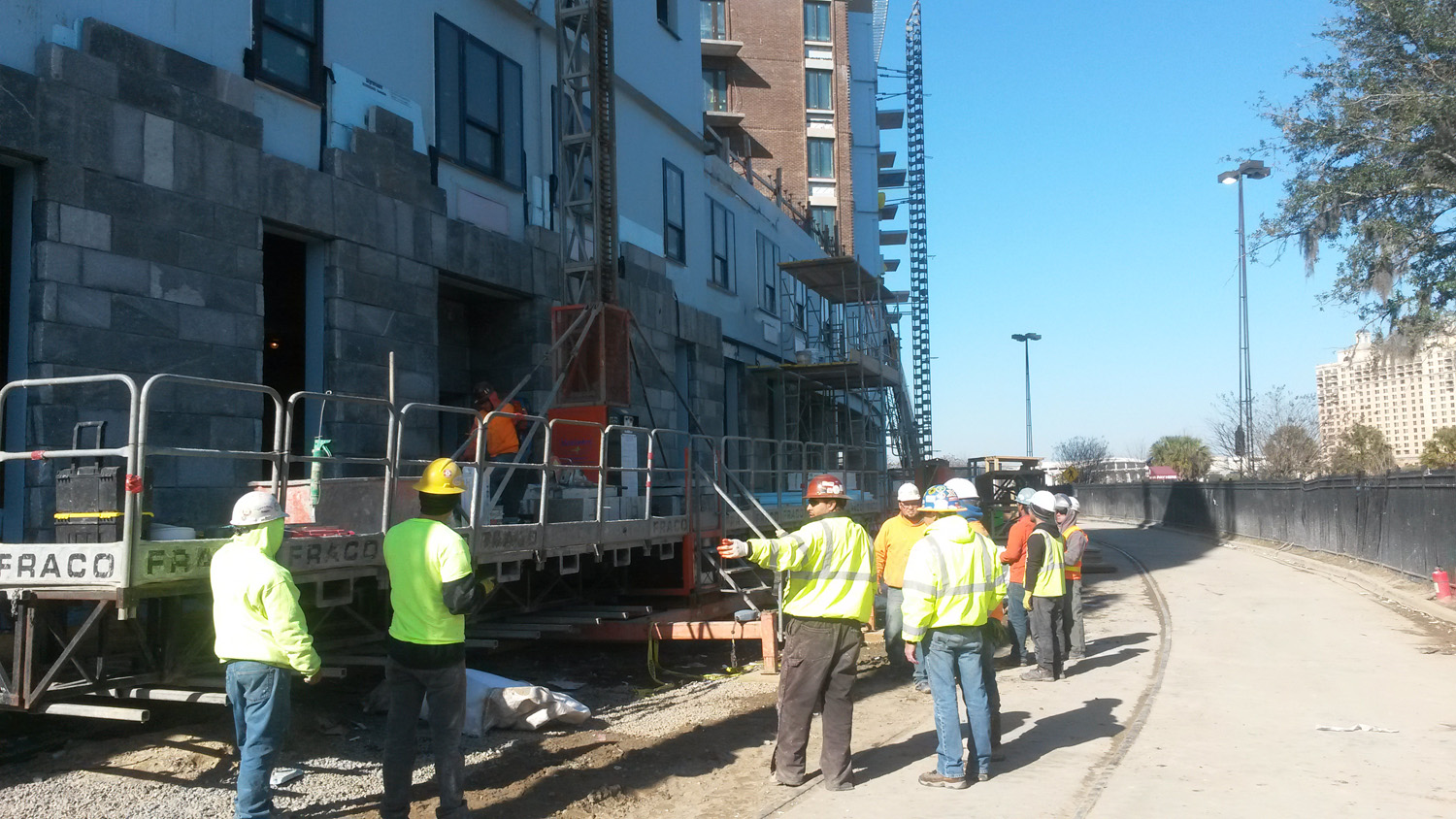
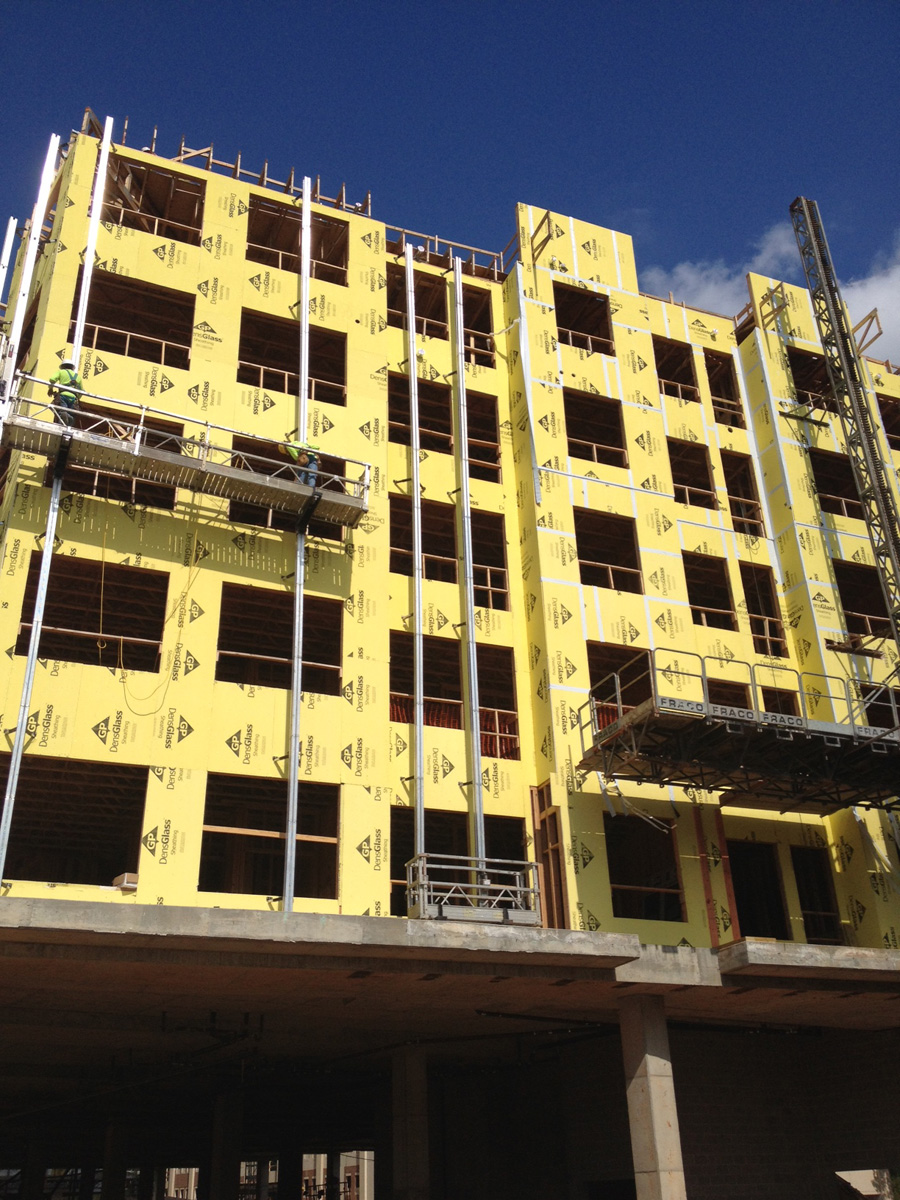
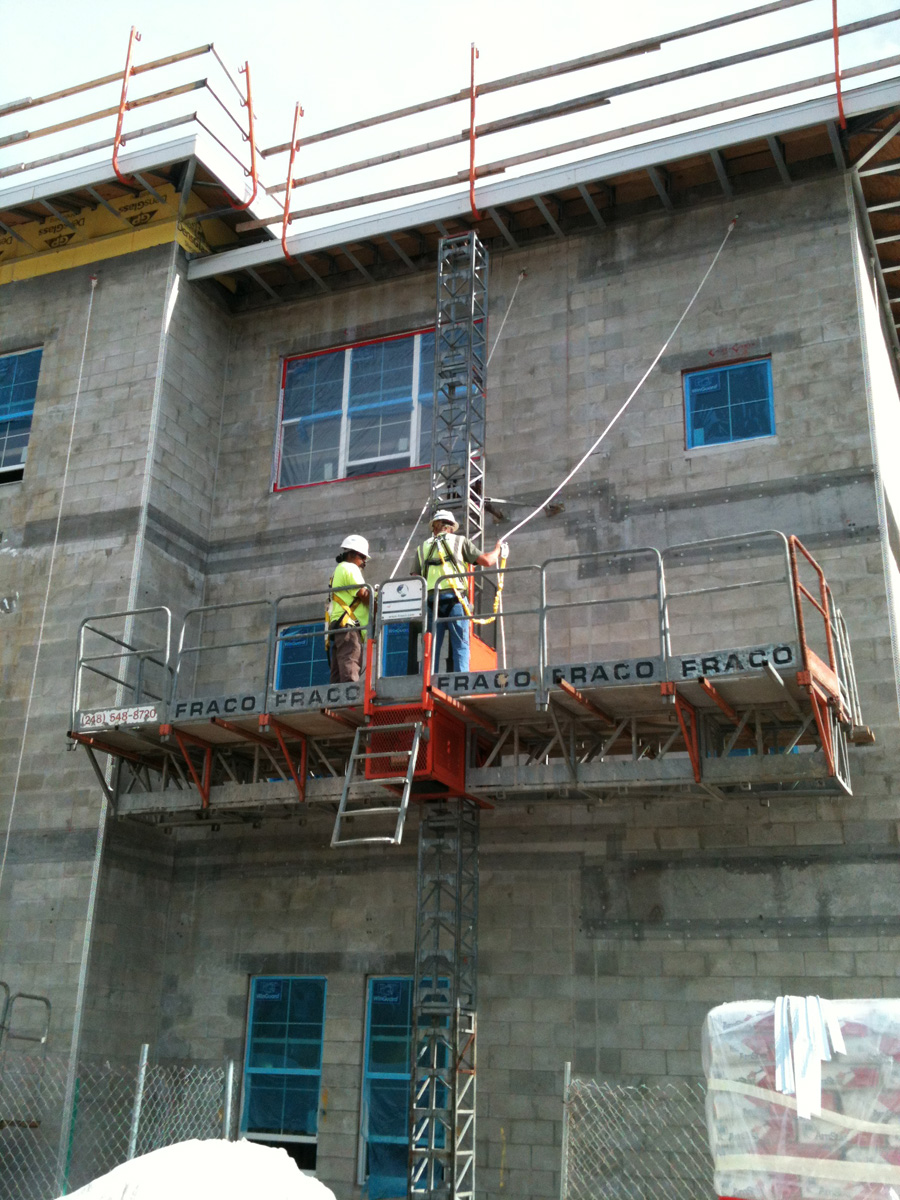
Trainee will be trained to safely operate Mast Climbing Work Platforms (MCWP), including specific model familiarization. Course covers:
Hazard awareness and abatement Daily visual inspections Safe operation Operation of safety systems Load charts and material handling.
Trainee will be trained to safely operate, and reposition mobile/free-standing Mast Climbing Work Platforms (MCWP), including specific model familiarization. Course covers:
Daily visual inspections Safe operation Operation of safety systems Load charts and material handling Mast sections – erection and dismantle Assessment of ground conditions, and preparation Dismantle and re-attachment of non-structural ‘steady’ ties Repositioning of MCWP by fork lift/dismantle and re-erect/electric mobile chassis.
Demonstrator – average duration, around two days (dependant on experience)
Trainee will be trained to manage safety on a mast climber installation, monitor safe use by operators/users, ensure safety and visual checks are carried out, and conduct safety awareness familiarization for new users. Course covers:
Hazard awareness and abatement Daily visual inspections Safe operation Operation of safety systems Load charts and material handling.
Installer – average duration, four days (dependant on experience)
Trainee will be trained to safely operate, erect, dismantle and reposition mobile/free-standing Mast Climbing Work Platforms (MCWP) and ‘tied’ units, including specific model familiarization. Course covers:
Hazard awareness and abatement Daily visual inspections Safe operation Operation of safety systems Load charts and material handling Mast sections – erection and dismantle Assessment of ground conditions, and preparation Dismantle and re-attachment of non-structural ‘steady’ ties Repositioning of MCWP by fork lift/dismantle and re-erect/electric mobile chassis. Assessment of structure for anchoring Anchor types, load bearing characteristics, and installation Tie methods and types Testing procedures and handover inspections Basic fault-finding Configurations, load characteristics and front/back extensions Local/national legislation and best practice.
Advanced Installer – average duration, two days (dependant on experience)
Complete ‘Installer’ course and additional subjects:
Non-standard configurations Non-standard tie methods Hazard Analysis Method Statements Complex shoring, support brackets and engineering
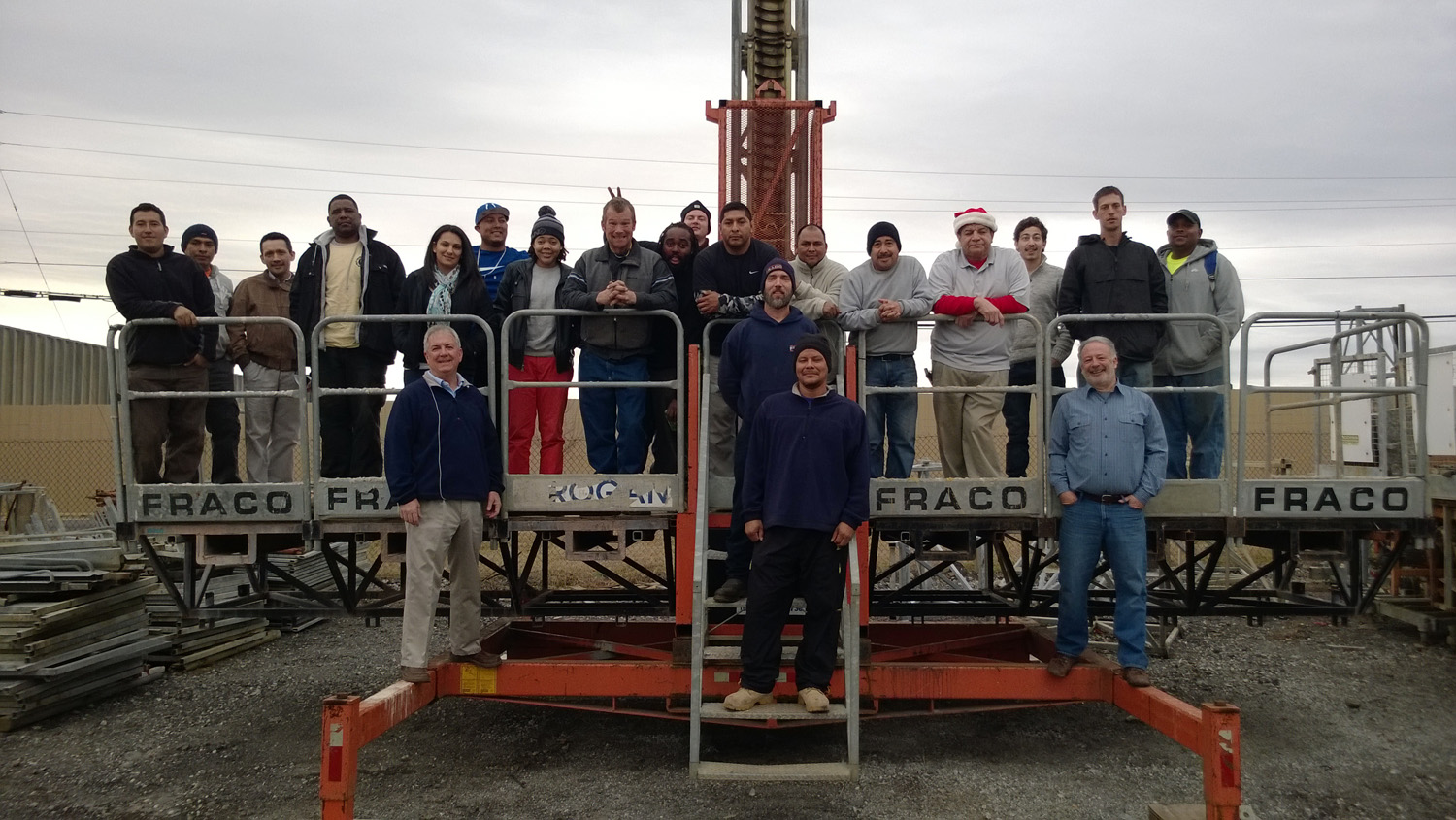
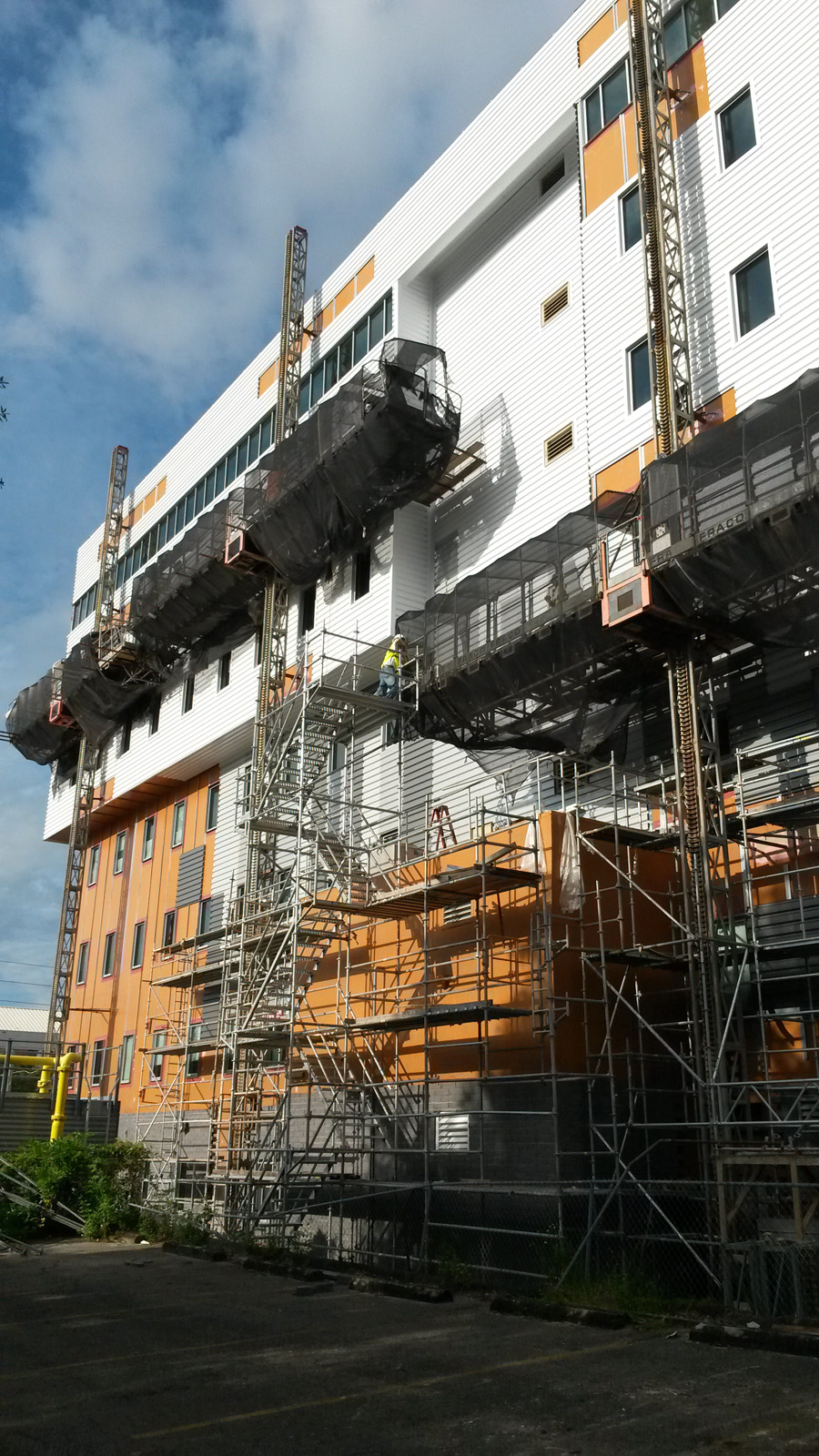
The $64,000 question!
Training might be better described as the necessary transference of knowledge and experience in order to make someone ‘qualified’ or ‘competent’ to perform the task at hand.
OSHA defines a ‘Competent’ Person as ‘one who is capable of identifying existing and predictable hazards in the surroundings or working conditions which are unsanitary, hazardous, or dangerous to employees, and who has authorization to take prompt corrective measures to eliminate them’.
OSHA defines a ‘Qualified’ Person as ‘one who, by possession of a recognized degree, certificate, or professional standing, or who by extensive knowledge, training and experience, has successfully demonstrated his ability to solve or resolve problems relating to the subject matter, the work, or the project’.
OSHA states: ‘The employer shall have each employee who performs work while on a scaffold trained by a person qualified in the subject matter to recognize the hazards associated with the type of scaffold being used and to understand the procedures to control or minimize those hazards’.
Furthermore OSHA says: The employer shall have each employee who is involved in erecting, disassembling, moving, operating, repairing, maintaining, or inspecting a scaffold trained by a competent person to recognize any hazards associated with the work in question.
Additionally, OSHA states: successful completion of a course does not, alone, necessarily establish an individual as a “competent person” for a number of reasons. By its terms, the definition of a “competent person” compels the employer to select an employee based upon his or her capability to identify hazards. The course may not be sufficiently comprehensive with respect to the information needed to meet the knowledge requirement in the definition. Remember that the type and extent of the knowledge will vary with what is necessary to successfully perform the task required of the competent person in the standard. Also, the course may not adequately test the employee’s understanding of the course material.
Finally, the definition of a competent person requires the individual to have the authority to take prompt corrective action. No course can provide that authority, since it can only be provided by the employer.
So you, the employer, are responsible for the nomination of a competent person, then the training, assessment and accreditation of their required skills, knowledge and qualifications in order to determine relevant competency, and, additionally, the re-training, when the original circumstances of the training change, or a new task or set of tasks are introduced, or, if you, the employer, believes that further training is required!
At Mastclimbers LLC, we offer a full range of industry courses, which are internationally recognized, and with a mixture of class room sessions, practical work, and assessments all the way through the process by qualified instructors, you will have the peace of mind of knowing that your competent or qualified personnel are just that.
THIS IS WHY YOU NEED INDUSTRY TRAINING.
WELCOME TO THE INDUSTRY HUB!